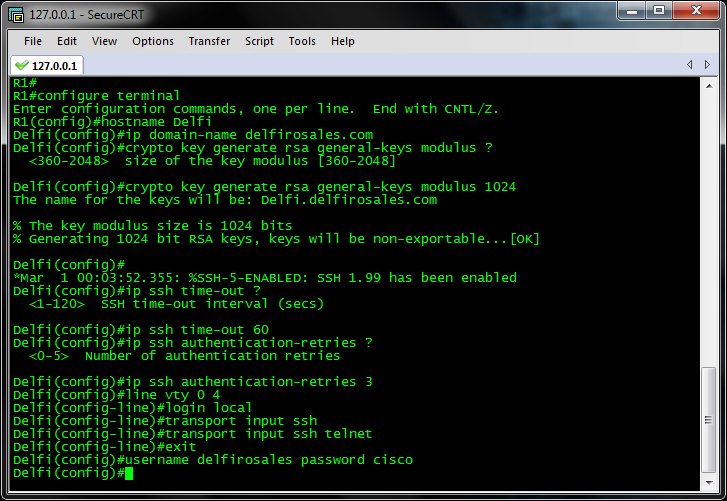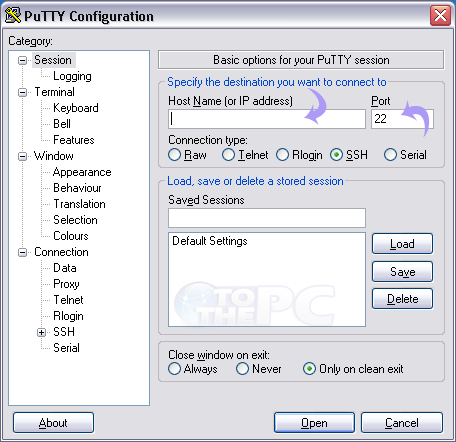

If you decide to enter a passphrase, then remember it, because you can't access the instance without it. However, having a passphrase makes it complicated to automate, so decide whether or not to add a passphrase in the field.

Note: The warning message suggests that you use a passphrase for extra privacy so no one can access the instance with just the private key. In the PuTTYgen Warning dialog box, click Yes.This comment appears on your PuTTY screen when you connect to your VM. Change the key comment from imported-openssh-key to something meaningful.In the PuTTYgen Notice dialog box, click OK.Find and select the Private Key file that you unzipped from the sshkeybundle.zip file, after you created an Oracle Cloud service instance.Change the PuTTY Private Key Files (*.ppk) drop-down menu option to All Files (*.*).This tutorial is for cloud services that allow SSH access to their VMs and therefore, you create a public/private key for the SSH access. Note: Some Oracle Public Cloud services such as Oracle Storage Cloud Service don't provide access to their VMs with private keys. If you don't have these, then create a cloud service instance and generate a public/private key pair for it. and that you have a privateKey file unzipped from the sshkeybundle.zip that's generated when creating the service instance. For this tutorial, we assume that you already created an Oracle Cloud service instance named DB12C-ABC.


 0 kommentar(er)
0 kommentar(er)
